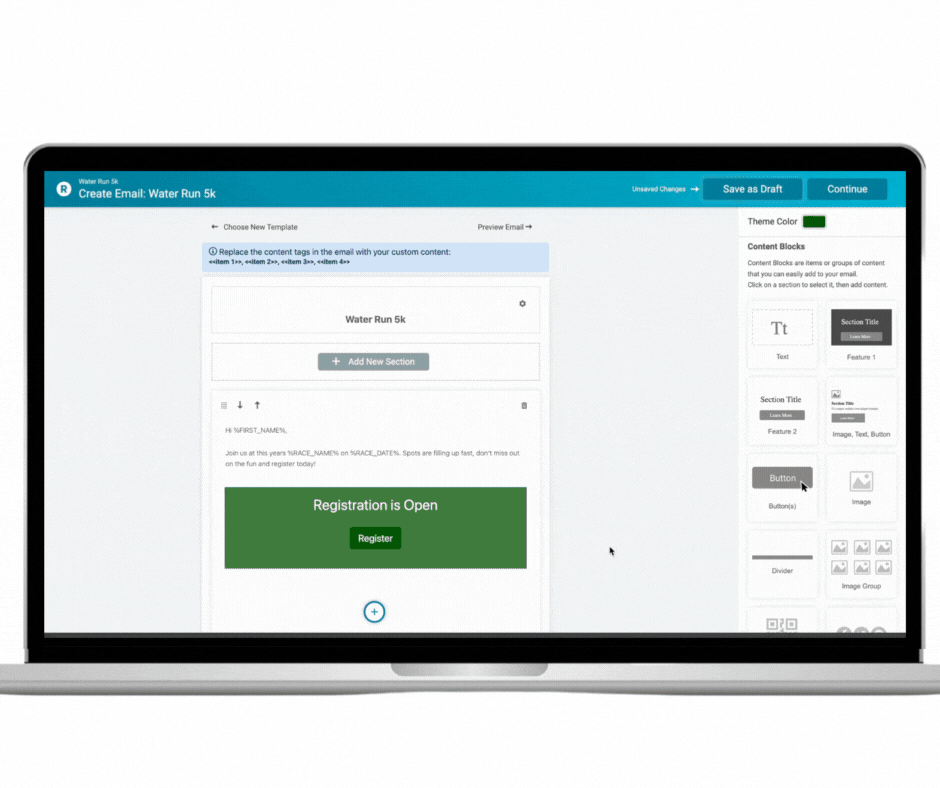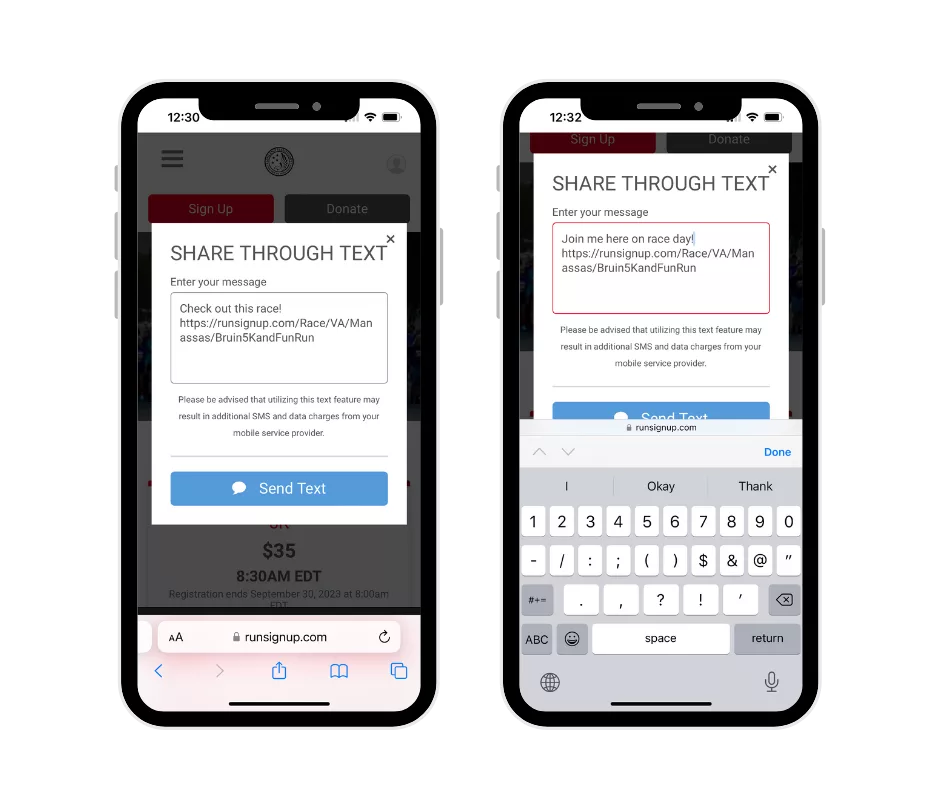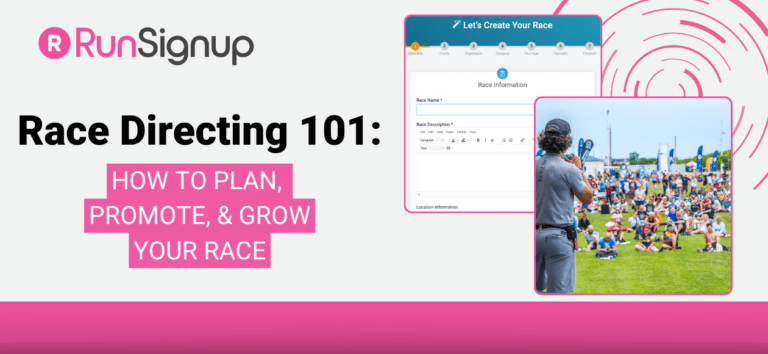Becoming a new race director is an exciting and rewarding challenge. Whether you’re launching a 5K to support a local cause or managing a full marathon, organizing a successful even takes planning, organization, and the right tools. But don’t worry – getting started doesn’t need to be overwhelming.
In this (condensed) guide, we’ll walk you through the key steps to launching your first race, from setting up registration to race day logistics. Plus, if you’re already past year one, we’ll cover next-level strategies to optimize and grow your event.
Step 1: Setting Up Your Race
The foundation of your event starts with a professional website and an easy registration process. The goal is to make signups simple for participants while giving you the tools to manage race logistics.
- Create Your Race Using the Race Wizard – The Race Wizard will guide your through setting up key details event detials, including race name, date, location, giveaways, and registration types. Watch our Race Wizard playlist for a full walkthrough.
- Set Up Your Payment Account – If you’re charging for participation, you’ll need to create a payment account to process transactions. Without it, you will not be able to open registration.
- Customize Your Website Using Websites V2 – Once your event is set up and have your payment account created, use the drag-and-drop website builder to create a professional race site, add unlimited content pages, and align it with your branding.

Step 2: Promoting Your Race
Once your race is live, marketing is key to driving registrations. Focus on channels that will reach your ideal audience and leverage built-in promotional tools to maximize signups.
- Utilize Email Marketing: Email is one of the most powerful promotional tools available. Boost participation and keep your audience engaged with targeted emails sent directly from our platform.
- Customize Social Sharing Messages: Encourage participants to share your event by setting up custom social sharing messages that increase visibility and drive registrations.


Step 3: Race Day Planning
Race day success starts with solid preparation. Ensure everything runs smoothly with tools to streamline check-in, timing, and results.
- RaceDay CheckIn App: Speed up bib pickup with a paperless, mobile check-in system.
- Race Timing and Results: Provide accurate, live results using RaceDay Scoring and Mobile Timing.
- RaceDay Photos: Capture and share finish line moments directly on your race website, driving post-race engagement and return visits.

Going Beyond Year One: Take Your Race to the Next Level
After your first race, what’s next? Whether you want to grow participation, add a fundraising component, or streamline operations, here are a few key strategies to focus on in year two and beyond.
- Optimize Your Registrations: Experiment with early-bird pricing, age-based pricing, and group discounts to maximize signups.
- Expand Your Marketing Efforts: Build a year-round email strategy to keep past runners coming back!
- Activate Referral Rewards: Increase participation by rewarding runners for bringing friends! Offering referral incentives, such as refunds, can help grow your event organically.
- Improve Race Day Efficiency: Upgrade to real-time timing and results with live tracking and automated photo tagging. Recruit and manage volunteer with the volunteer platform. Reduce your customer service load with self-serve participant management options, including waitlists, deferrals, event transfers, bib exchanges, and more.
- Enhance Fundraising: Add a charity component or peer-to-peer fundraising to support a local cause.
- Add a Race Store: Sell race-branded merchandise, extra swag, or parking passes through a built-in store to increase revenue.
- Utilize Reporting and Analytics: Track registration trends, marketing effectiveness, and financial performance with built-in reporting tools.
Ready to level up? Our Race Directors 201 guide walks you through advanced tools and strategies to help you grow participation, streamline race day, and boost revenue in your second year and beyond!
Keep Growing, Keep Improving
Your first race is just the beginning! As you gain experience, you’ll discover new ways to refine your processes, grow participation, and maximize revenue. Whether it’s enhancing marketing efforts, adding fundraising incentives, or improving race-day operations, each year is an opportunity to make your event even better.
Here’s to your next race!
